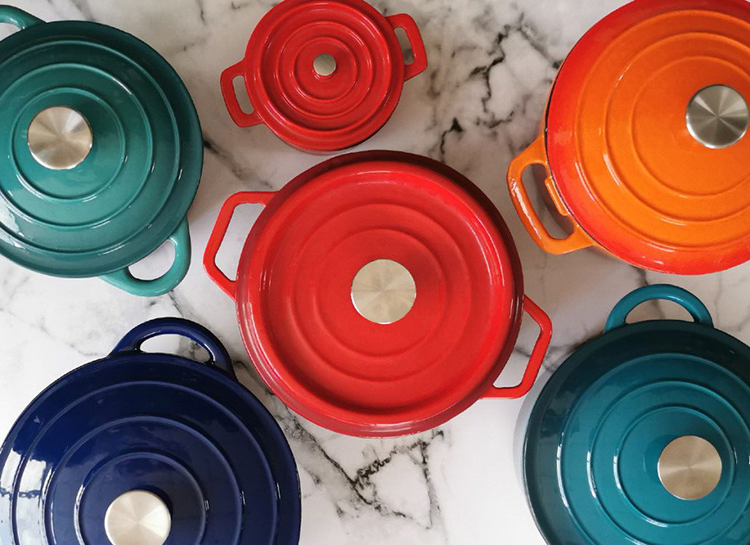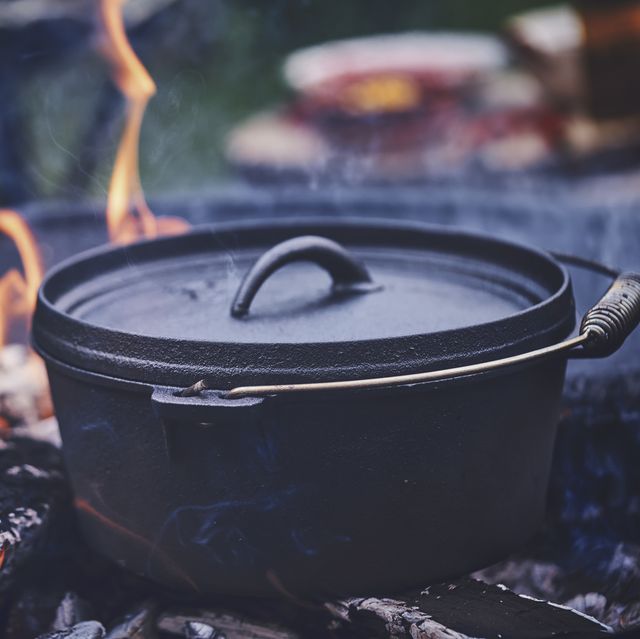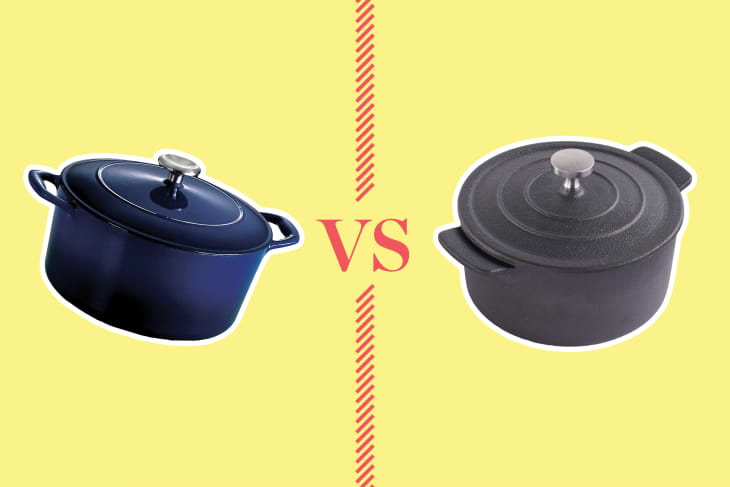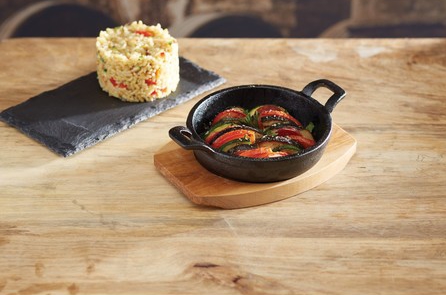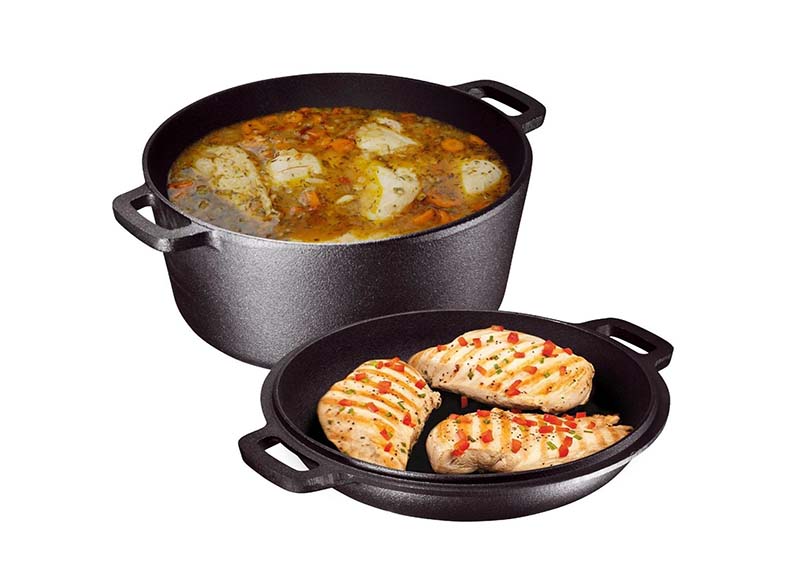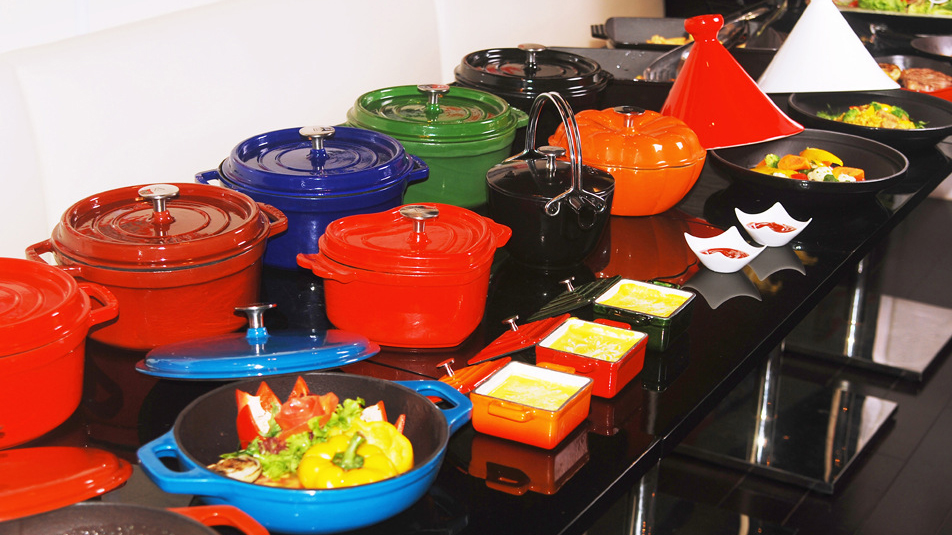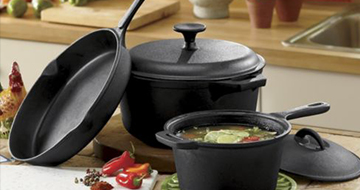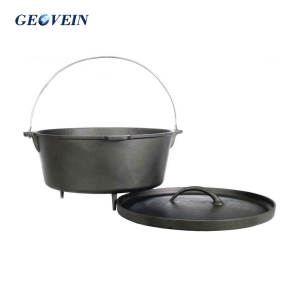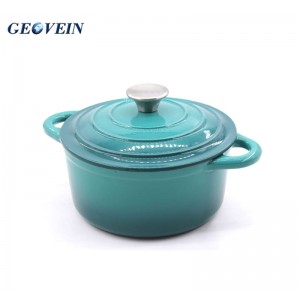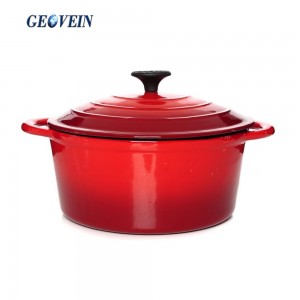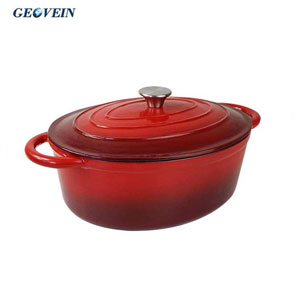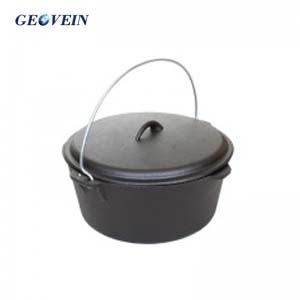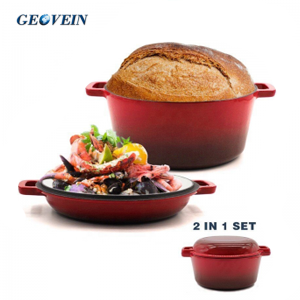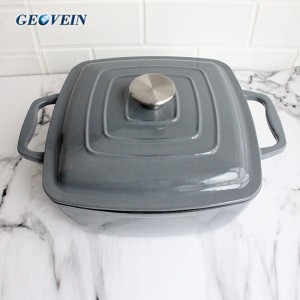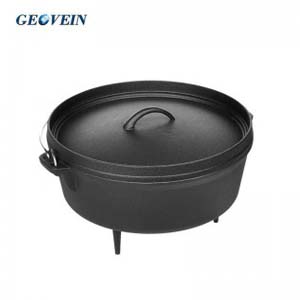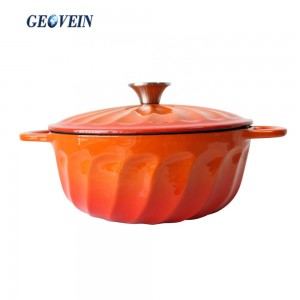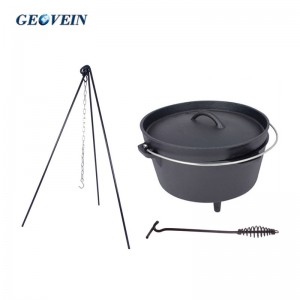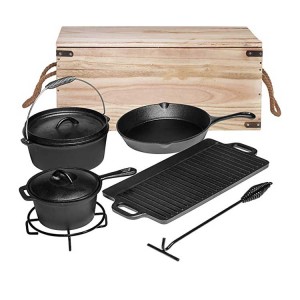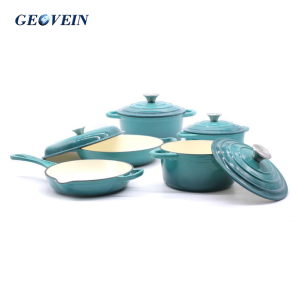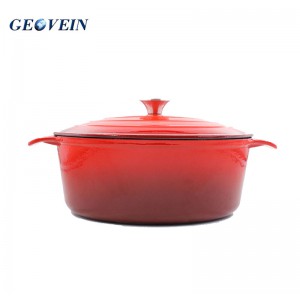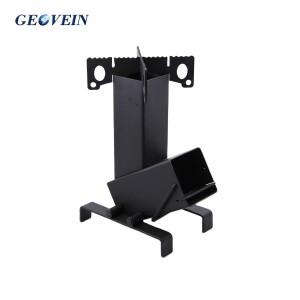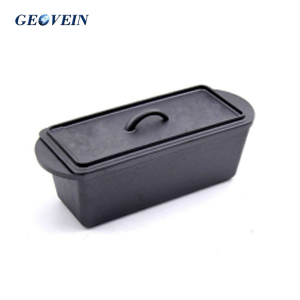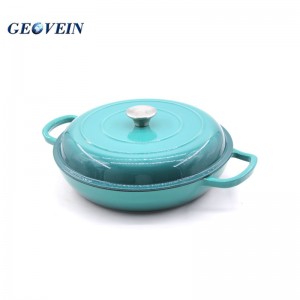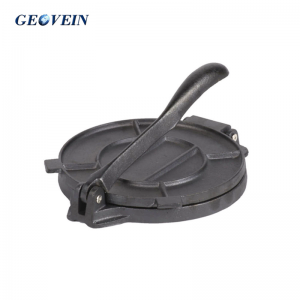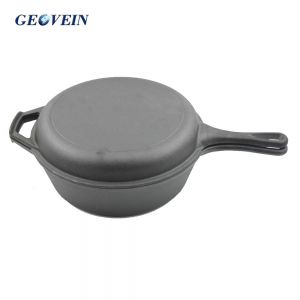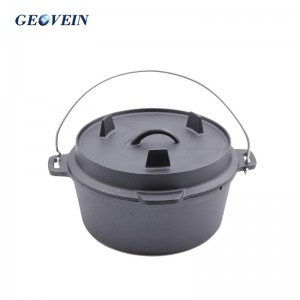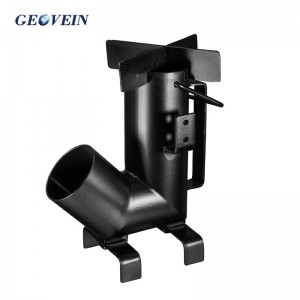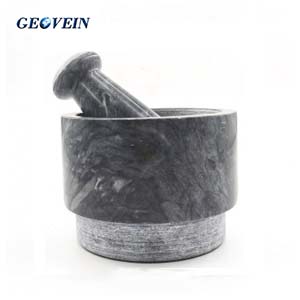What Is a Dutch Oven?
A Dutch oven is a cooking pot. used for cooking in an oven, on the hob, or more traditionally by surrounding them with hot coals.
Dutch ovens, sometimes known as cocotte, are favorites in kitchens across the country for their reliability, durability, and versatility. These heavy pots cook food in a unique way and produce results that are hard to replicate in any other dish.
Dutch ovens come in various shapes, sizes, colors, weights, prices, and finishes. From small, 3-quart pieces to 9-quart feast makers, there's an option for nearly any preference or application. They're perfect for one-pot meals, which makes them a residential go-to as well as a commercial staple.
What makes a Dutch oven work differently from any other pot?
In many ways, it does function the same as a stew pot — it's round, made of metal, and great at cooking liquid products. But the Dutch oven boasts a few features that drastically alter the final product.
A Dutch oven suffuses food with flavor without drying it out. With a long, slow cook time, stews, soups, and braised dishes become mouth-wateringly tender without requiring a lot of attention from the chef. This is great for busy home chefs as well as commercial enterprises that want to cook large quantities of delicious foods without needing someone to constantly stir a pot.
Choosing a Dutch Oven
If all the benefits of this piece of cookware have swayed you and you're ready to try one out, you're faced with a question: Which Dutch oven should you choose? There are just a few important considerations for you to make when considering your dutch oven purchase. Let's walk through the main points.
Choosing a size
First and foremost, you will want to consider the size of the pan you need. Larger pans are great for creating lots of food. But if you feel that you will be making smaller dishes, a smaller pot will work better for you. Cooking small batches in a large pot can be tricky since it takes longer to heat the entire pot. And things may not heat evenly. So pick the right pot size for the job.
Get a small Dutch oven for single-family meals and regular use. Even a 3-quart Dutch oven can serve a significant amount of food. If a small oven will serve your needs, don't waste money on a larger one.
Get a large Dutch oven if you want to prepare food for a crowd, whether at home or in a foodservice setting. A 9-quart Dutch oven can prepare huge quantities of food, enough to feed a big crowd without requiring the chef to prepare multiple dishes.
Modern Dutch ovens come in two common varieties
bare cast iron or enameled with a cast iron or ceramic base.
Bare CaSt Iron
Each of these has its advantages and disadvantages. Many cooks swear by the all cast iron models as they say it warms more evenly, retains the heat better, and is more durable (i.e. scratch-resistant). But bare cast iron definitely requires more care. these pots often need to be pre-seasoned before use.
Camp Dutch ovens
Dutch ovens are frequently used on camping trips, as they redistribute the heat of a campfire evenly throughout the food and don't require a lot of attention to use. Camp Dutch ovens have legs and a wire handle that make them simpler to use with an open flame, but these features will get in the way if you intend to cook on a stovetop. They still provide an eye-catching rustic aesthetic, for those looking for decorative cookware.
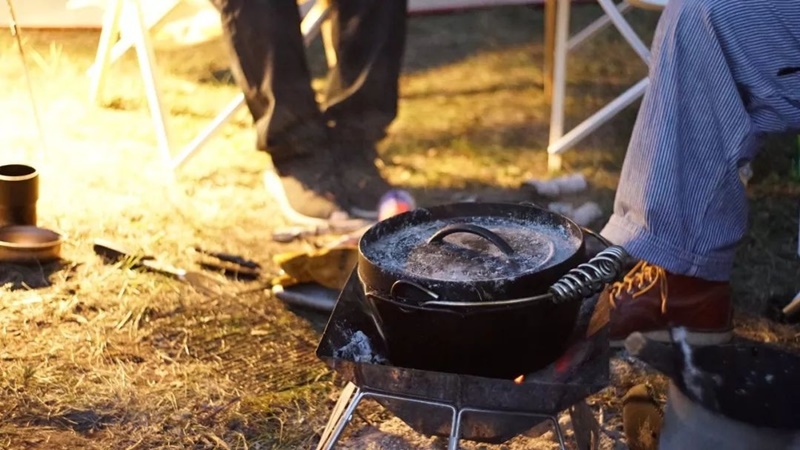
Enameled Cast Iron
Enameled cast iron has become popular in some circles. The most obvious draw to the enameled cookware is all the fun colors that can be used.
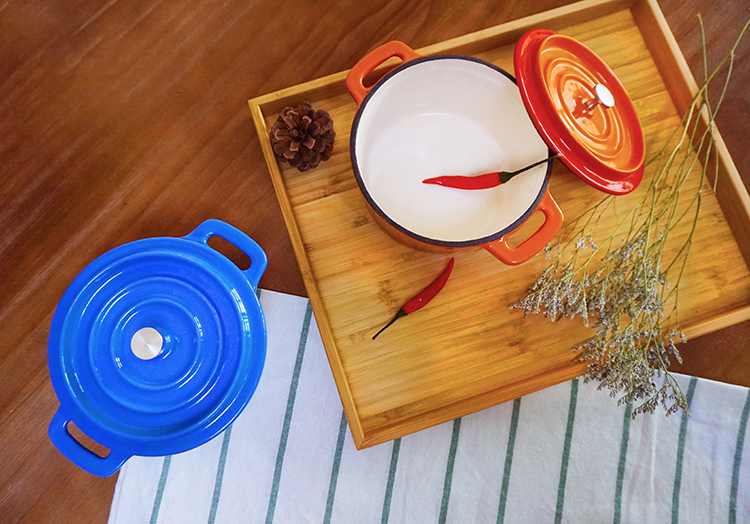
But these colors come with some cost. Some chefs insist that the enameled cookware does not heat as evenly nor does it retain the heat as well as the bare cast iron. Plus, the enameled surfaces are subject to scratching. And that can diminish the look of the piece over time.
However, many enameled pieces can be cleaned in the dishwasher. This can be a real-time-saver. And while they can be stored easily, stacking should be avoided to eliminate scratching to the exterior.
Another advantage that some chefs cite for the enameled cookware is the lighter interiors. Having a lighter surface makes it easier to assess the cooking progress and browning of foods cooked inside. With a bare cast iron dutch oven, it can be difficult to see the contents in contrast to the dark insides.
How to Use a Dutch Oven
While there are intricately complicated recipes involving multiple cooking styles in a single Dutch oven pot, our favorite is a simple way: add all your ingredients to the Dutch oven, turn the stove on, and wait. These versatile cast iron pieces can do everything from stewing gumbo to baking bread, creating a moist, consistent environment for whatever you're cooking inside them.
You'll have to take care when it's time to clean your Dutch oven. Cast iron must be hand washed and dried or it'll lose the seasoning that makes it nonstick. However, enameled cast iron, which has become very popular, is easier to maintain while still providing the lasting heat of cast iron. Enameled Dutch ovens are slightly more expensive, but the time saved in cleaning can often make up for the extra cost.
And clean-up can be a little more involved as well. You can’t simply toss your cast iron dutch oven in the dishwasher. Typically, you clean these pots by boiling water in them and then scrubbing with a brush or a sponge.
Some chefs insist on oiling the inside surfaces regularly as well. And if you are storing the pot with the lid on, it is suggested that you leave a paper towel or other moisture-wicking material inside the pot to absorb excess moisture that might accumulate.
Browse, Shop, Buy Dutch Oven
Take a brief tour of some of the variety of dutch ovens available or visit our Dutch Oven section to see the whole line.

